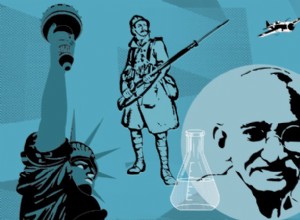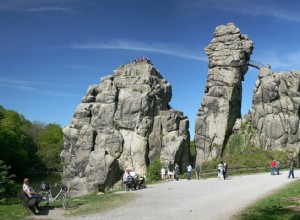In 1516, the King of France, Francis I, obtained unprecedented power over the Church of the kingdom from Pope Leo X:the Concordat of Bologna. From then on, the king had nothing to gain by letting Protestantism spread, quite the contrary; the persecutions against the Huguenots started quickly with th




